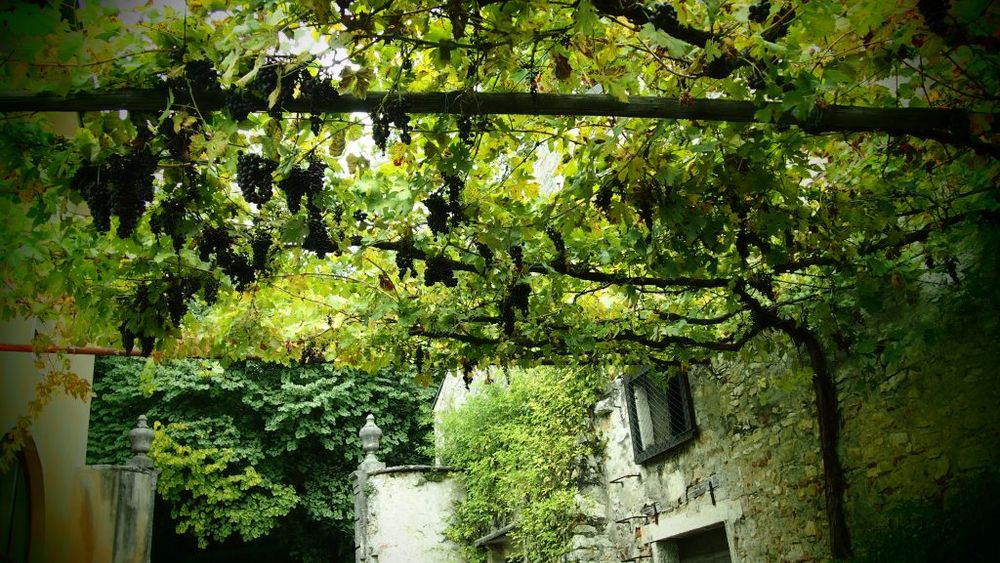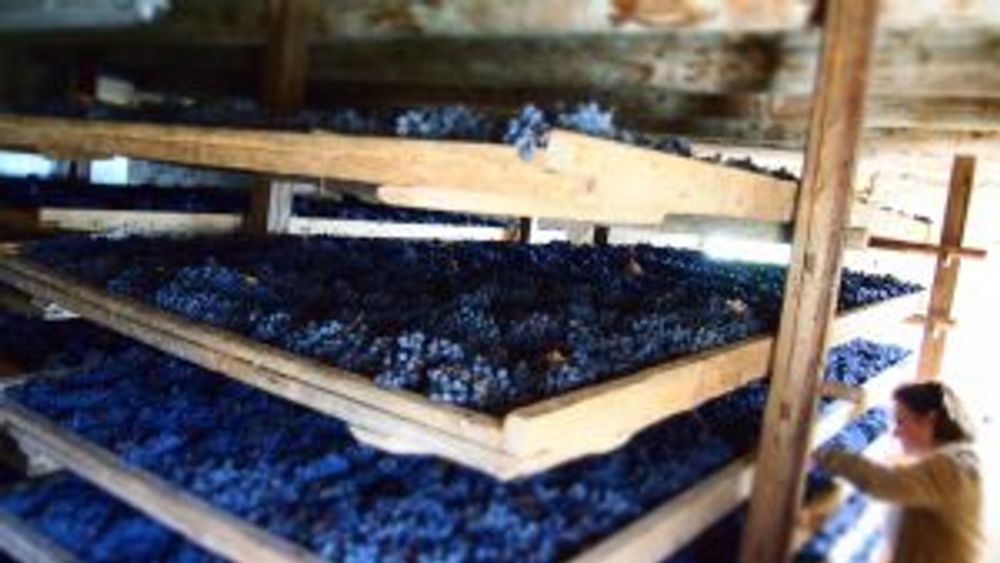Innovation and experimentation are alive and well in Valpolicella, home to famed wine producer Masi.
When it comes to winemaking innovation it’s easy to think first to the New World, a production environment that’s far less restricted in terms of laws and history. However, during a recent trip to Valpolicella in northern Italy there were plenty of innovations and modern techniques on show in this very old region.

On first sight the operations in the vineyard and winery are as traditional as you’d expect, but over the course of three days visiting famous Venetian producer Masi it became clear that innovation is at the very heart of all they do.
There are a handful of key areas including grape drying, yeast selections and barrel use that define the style of Masi’s wines and those made within the Masi group, namely the Serego Alighieri and Bossi Fedrigotti estates.
Alongside these cornerstones of production, the viticultural, winemaking and research teams at Masi have spent much time and effort developing new ways of doing things, such as the practice of ‘double fermentation’ and the reintroduction of forgotten local grape varieties.

Let’s take a look in more detail at how innovation and research is shaping their world-famous wines…
NASA
Nothing to do with the space program we are told, although the machine which runs this highly-complex grape-drying system looks like something out of Star Trek. NASA in this context stands for Natural Appassimento Super Assisted and is a system created in-house at Masi’s Gargagnago drying lofts to assist in the appassimento stage of the process.

Appassimento is the traditional method used in the Veneto to concentrate the grapes aromas and characters ahead of fermentation. The grapes are laid out on bamboo racks in drying lofts for up to 120 days.
NASA is an intelligent computer-driven system which is able to monitor and control various drying room parameters including temperature, humidity and ventilation to ensure ideal appassimento conditions for the grapes, avoiding the risk of mould and recreating the climatic conditions of the past that are known to have applied in the best vintages.
Yeast
You can’t attend a wine tasting at the moment without hearing the words ‘indigenous yeast’ when it comes to the bit about how the wine is made. Un-inoculated fermentation (to give it its correct name) is quite the rage, but it relies heavily on the juice coming into contact with the ‘right’ yeast strains and takes a large element of control away from the winemaker.
At Masi the group’s technical team has spent the past 25 years researching yeast in the hope of culturing specific strains that offer the best of both worlds, and it has succeeded.
Through years of identification and culturing, Masi has developed a trio of Saccharomyces cerevisiae yeasts specifically sourced from the Masi appassimento lofts. The yeasts (MASY-02, MASY-03 and MASY-0) have been cultured specifically to aid with the fermentation of wines using grapes from the appassimento process. These are now used across all the group’s appassimento wines.
Double fermentation
Double fermentation is an extension or refinement of the ripasso technique and was developed by Masi in the 1980s. So while it’s not a very recent development it is pretty new, given the grand timescale of production in the region.

The process involves using a percentage of whole semi-dried grapes (those that have been given the full NASA treatment) for re-fermentation with a ‘fresh’ wine. The dried grapes are added to the tank 12-15 days after the fermentation of the fresh grapes, and the added sugars and glycerine in the dried grapes re-start the fermentation adding alcohol, colour and soft tannins and extracting new layers of aroma and character.
The wines made using the double fermentation technique tend to be fuller, more silky and far more complex than those made without the addition of dried grapes. This ‘superior style’ is used in the production of some of Masi’s flagship wines, including Campofiorin.
Wood
Walking in to one of the ancient cellars at Serego Alighieri estate and you are immediately hit by the heady smell of wooden barrels, but it isn’t oak, it’s sweeter than that and a lot bolder. What you can smell is cherry wood, sweet and seductive. Every red wine at Serego Alighieri, all 500,000 bottles of it, sees some cherry wood contact.
The process is used to give a characteristic finishing touch to the estate’s wines following a period of maturation in more traditional oak barrels. In total there are 625 cherry wood barrels and the cellar master ensures that all red wines enjoy up to four months maturation time in cherry prior to bottling.
It’s not a cheap process as cherry barrels are three times more expensive than oak and have half the lifespan. They are also more porous so lose more wine to the ‘angels’ and increase oxidation, however what they bring to these wines is a richness and power that accentuates the red fruit and perfume aromas already present in Valpolicella.

Elsewhere at Masi they use acacia and chestnut to age various wines and have even experimented with square oak barrels (it wasn’t a success!).
Undiscovered varieties
As well as the trio of well-known Valpolicella varieties Corvina, Rondinella and Molinara, Masi uses a fourth much-lesser-known variety in many of its wines. Oseleta is an ancient Veronese variety which was rediscovered and replanted by Masi in the 1980s after years of oblivion.
Masi is incredibly proud to have ‘saved’ this indigenous grape and has plantings of Oseleta at three of its vineyards. It’s used in blends to add colour, body and tannin (lots of tannin – it’s a tiny grape that’s packed with the stuff) and also in a single variety wine called Osar.
Osar isn’t the most approachable wine and certainly benefits from food, it’s tight and bitter with a dark chocolate edge. Only 5,000 bottles are made each year and are mainly bought by restaurants who want to offer something very different to their customers. This is certainly very different.
So there you have it, five ways in which Masi is innovating, experimenting and pushing the envelope, all while producing some of the most famous and consistently impressive wines of northern Italy. The devil, as ever, is in the detail.










































